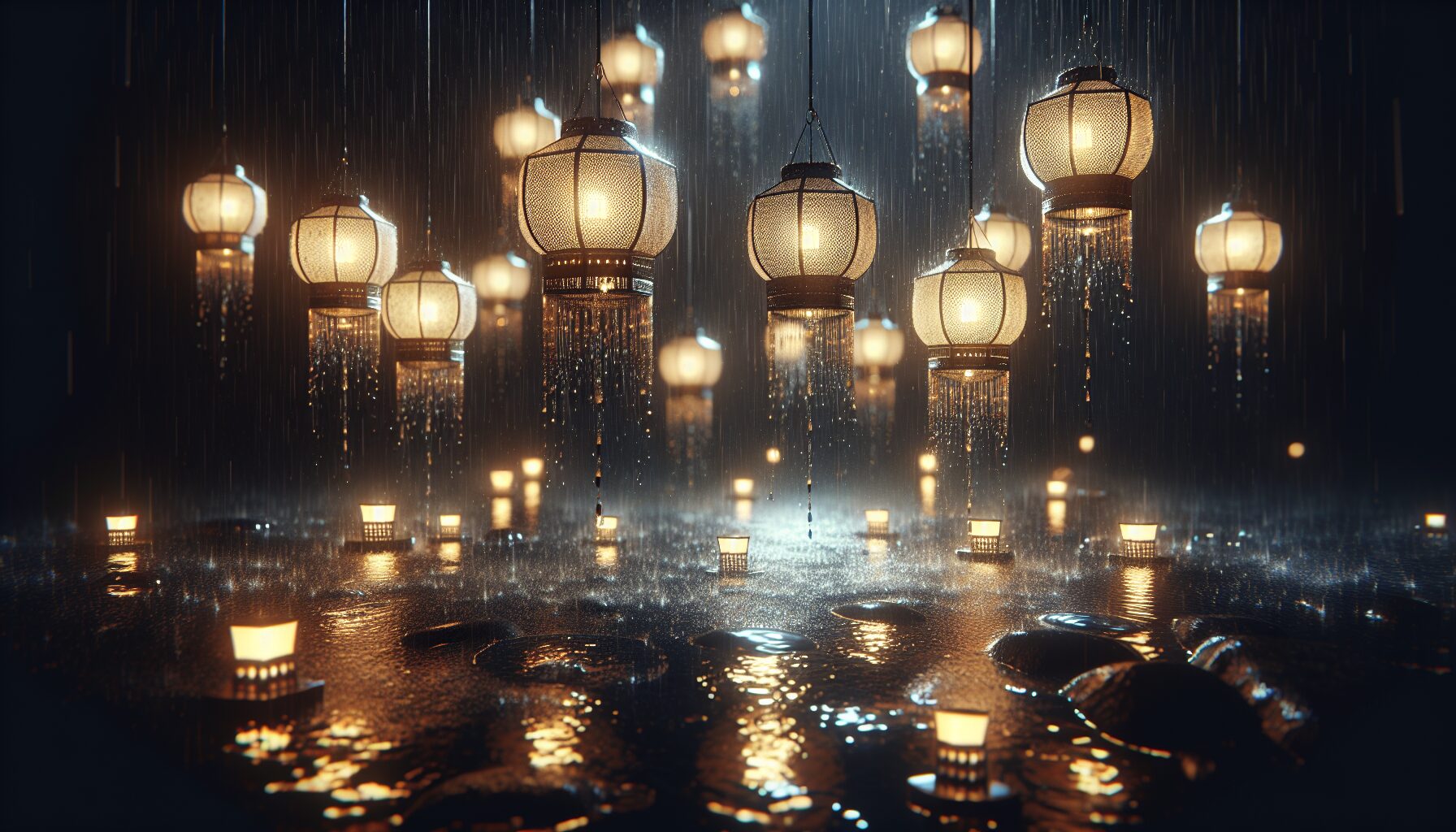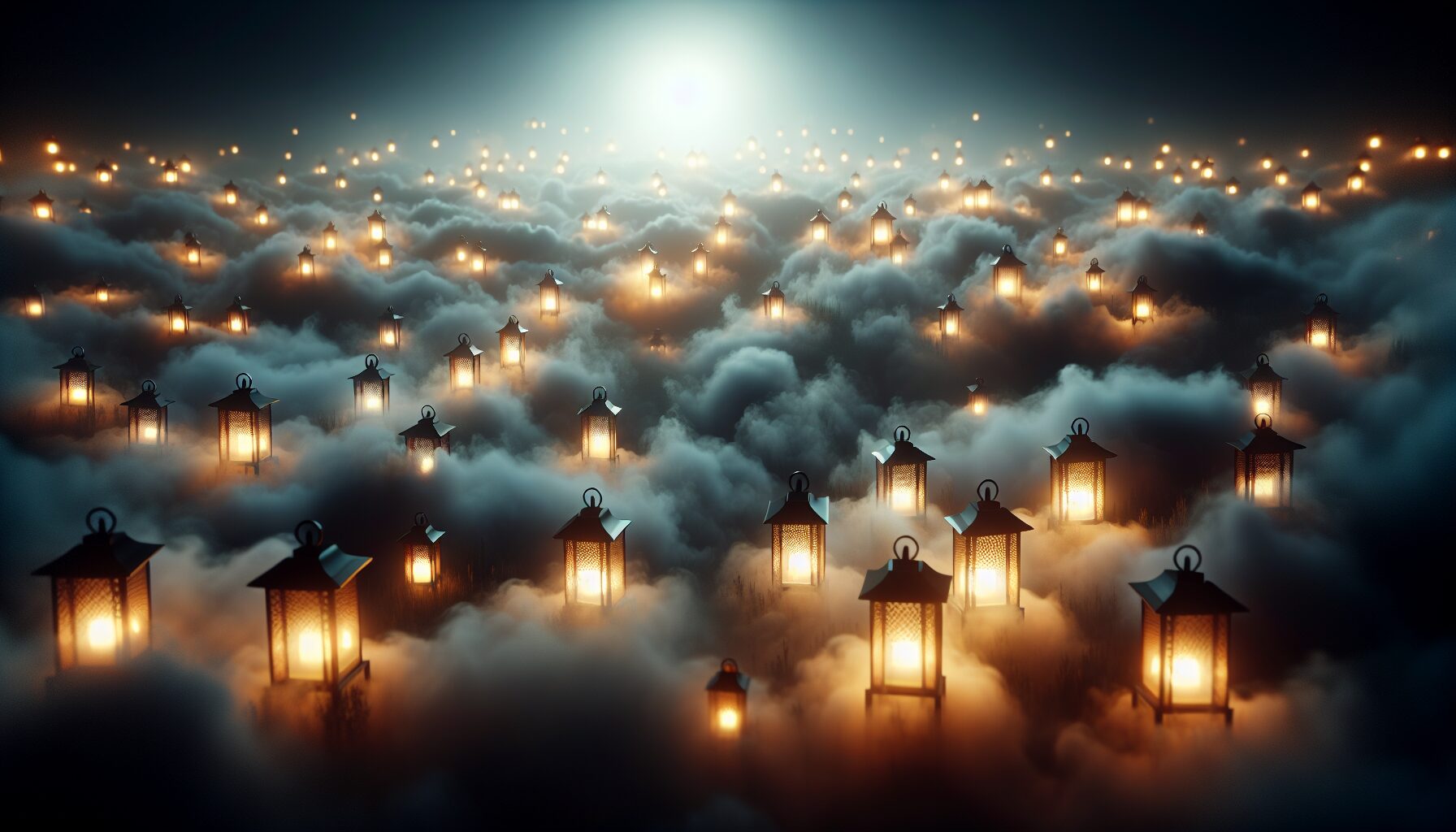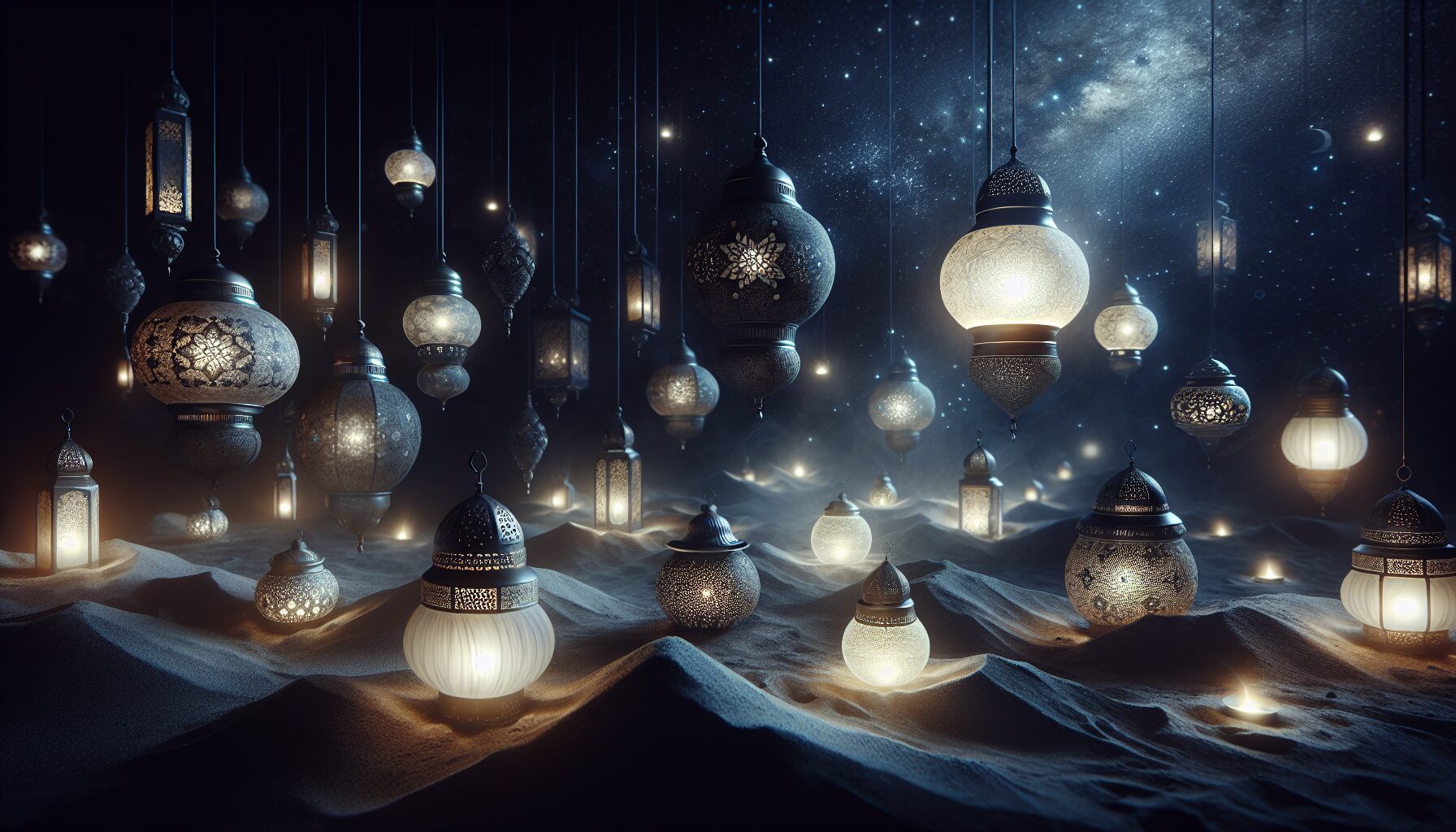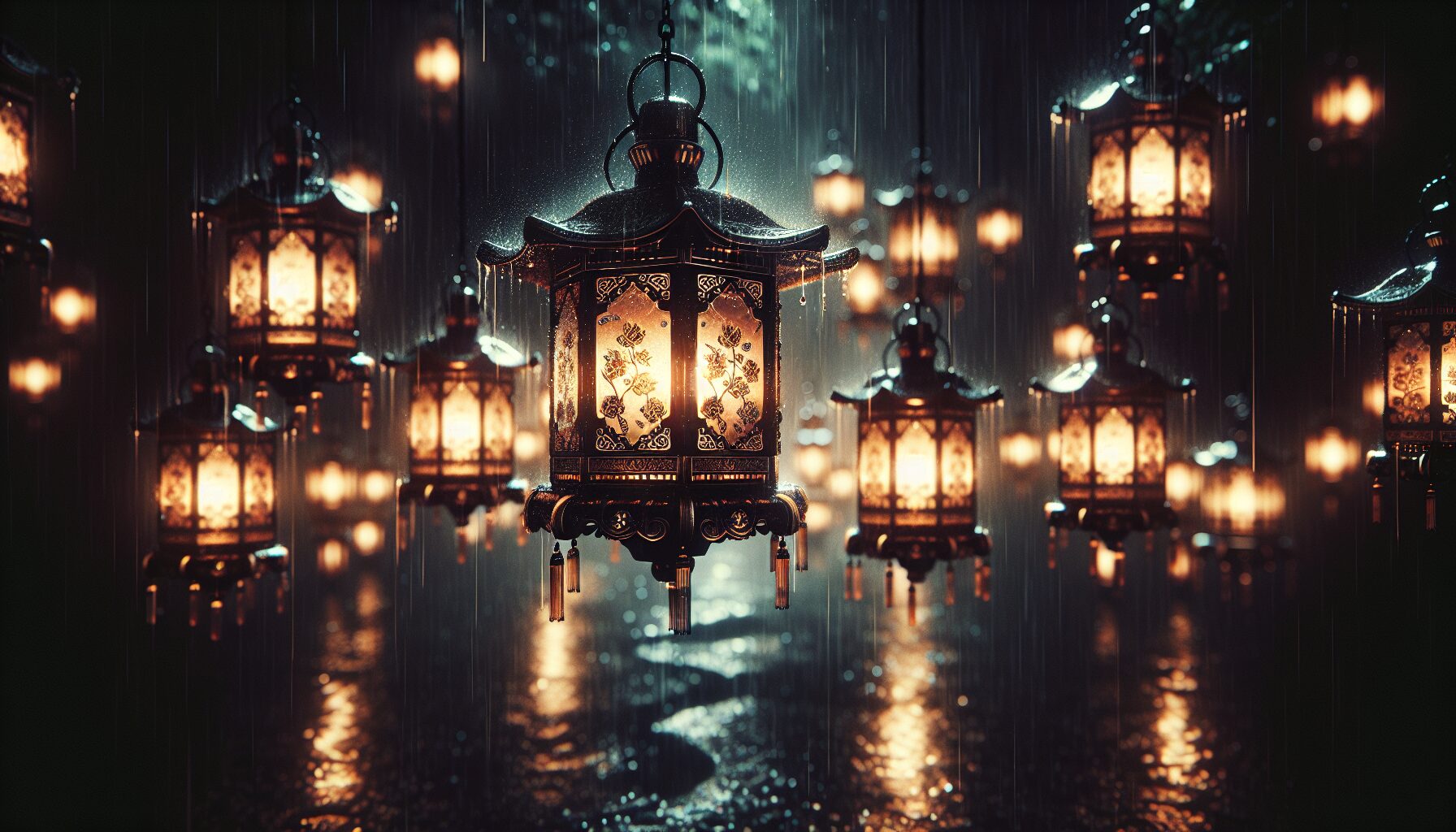Night photography is an enchanting art form that transforms the familiar world into a mystique landscape of lights and shadows. Among the various subjects captured under the night sky, lanterns have held a perpetual allure, especially when seen through the veils of rain. This confluence of light, water, and darkness creates a canvas rich in color and emotion. In this article, we explore the techniques, challenges, and beauty of capturing ‘Lanterns Under the Rain’.
The Allure of Night Photography
Night photography offers a distinct visual experience that differs vastly from daytime captures. The lack of sunlight transforms the environment, emphasizing contrasts and introducing dynamic light sources that become photographic focal points. As Ansel Adams, the legendary photographer, once said, “
I believe the world is incomprehensibly beautiful—an endless prospect of magic and wonder.
” In night photography, this magic is ever-present, with each click of the shutter opening a window to an enchanting world.
Preparations and Equipment
- Camera and Lenses: A DSLR or mirrorless camera with manual control capabilities is ideal. Lenses with wide apertures (f/2.8 or better) are recommended for capturing more light.
- Tripod: Stability is crucial for long exposure shots necessary in low light conditions.
- Remote Shutter Release: This minimizes camera shake during long exposures, ensuring sharp images.
- Rain Gear: Waterproofing for both photographer and equipment is vital to protect against the elements.
Mastering Exposure in Low Light
Understanding exposure in night photography demands mastery over aperture, shutter speed, and ISO settings. The interplay of these settings allows photographers to capture the soft glow of lanterns and the intricate dance of rain. In low light conditions:
- Aperture: A wider aperture lets in more light, providing more details from the surroundings, especially in the dim ambiance created by rainfall.
- Shutter Speed: Longer exposures can create beautiful light trails from moving lanterns or soften the texture of falling rain.
- ISO: Higher ISO settings increase sensor sensitivity to light but can introduce noise; finding the right balance is key.
Capturing the Magic of Lanterns
Lanterns, with their gentle glow, act as natural beacons in the night. When photographing them in the rain, the challenge becomes magnified, yet so does the reward. Here are some tips to perfectly encapsulate their charm:
- Reflection: Utilize wet surfaces to capture reflections. Puddles can double the visual impact by mirroring the lanterns’ light.
- Angles and Perspectives: Experiment with different angles to find a unique perspective that highlights the lanterns against the contrasting dark backdrop.
- Light Trails: Use longer exposures to capture light trails, depicting the motion of swinging lanterns or passing cars.
Challenges and Creative Solutions
Photographing in the rain presents specific challenges including maintaining dry equipment, ensuring stability, and dealing with low light. However, these can also lead to creative solutions:
- Rain Covers: Waterproof housing or improvised rain covers using plastic bags can help protect equipment.
- Stability: Avoid touching or altering the camera setup during exposures to prevent blurs.
- Capture the Rain: Play with shutter speed to either freeze raindrops mid-air or to create a sweep of rain that enhances the scene.
Post-Processing Techniques
Post-processing is often an integral part of night photography. It allows photographers to adjust exposure, contrast, and colors to more closely match the scene as it appeared:
- Noise Reduction: Programs like Adobe Lightroom can help reduce noise while preserving detail.
- Enhancing Colors: Use software tools to accentuate the vibrant colors of lanterns, enhancing their glow against the dark backdrop.
- Adjusting White Balance: Correcting the white balance can be crucial to accurately representing the warmth of light emitted by the lanterns.
Inspiration and Conclusion
Photographing lanterns under the rain invites photographers to challenge their skills and creativity, pushing the boundaries of what can be captured after dark. It opens up endless opportunities for storytelling and emotional expression. As you embark on this journey, let yourself be inspired by the raw beauty of night and rain.
For more inspiration and guidance, consider visiting photography blogs and forums such as DPReview where photographers share tips and personal experiences. As you explore this art form, recall the words of Henri Cartier-Bresson, “
Your first 10,000 photographs are your worst.
” Keep shooting, experimenting, and creating your own magical worlds through the lens in the nighttime rain.



